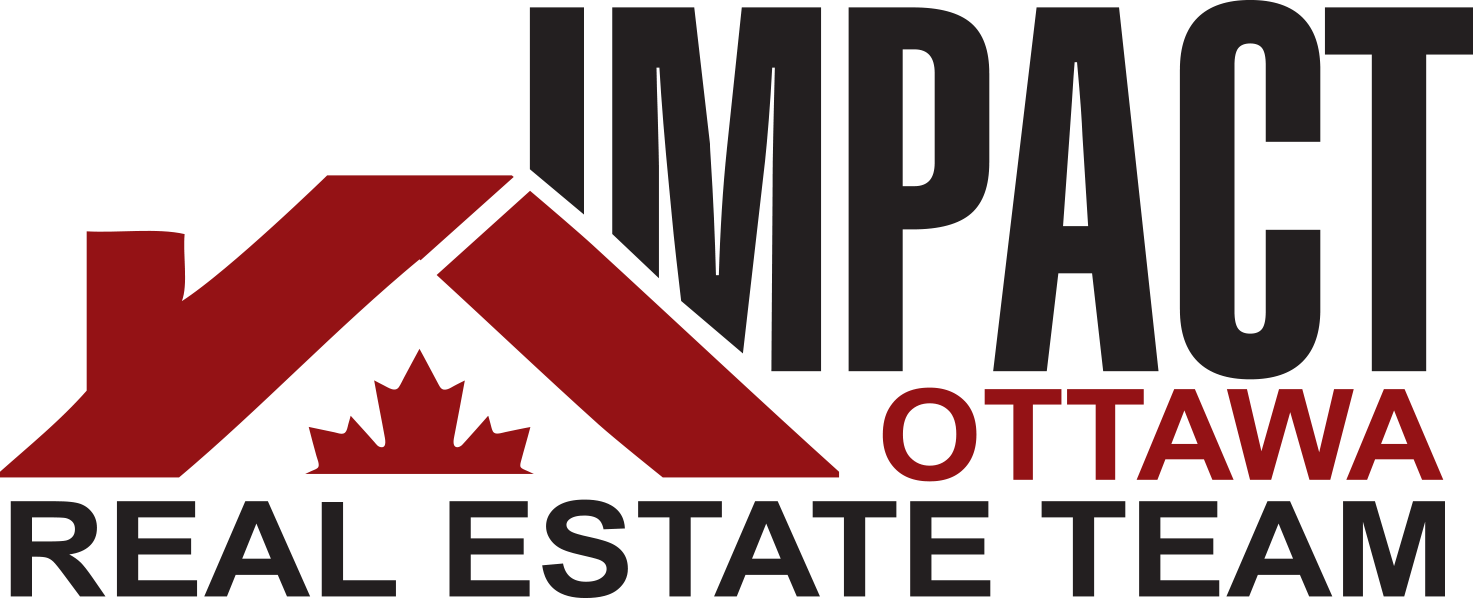Posted on
October 24, 2025
by
Impact Ottawa Real Estate Team
Thinking of upgrading your home but unsure what features to invest in? Not all renovations deliver the same return, but some home features can actually increase the value of your home when it comes time...
Posted on
October 3, 2025
by
Impact Ottawa Real Estate Team
For Canadian homeowners and buyers, the question of whether to go fixed or variable is a familiar one. Yet in 2025, the decision looks different from how it has in years past. Fixed and variable mortgage...
Posted on
August 8, 2025
by
Impact Ottawa Real Estate Team
The Condominium Authority of Ontario is pleased to announce the release of the newly updated CAO Condo Buyers’ Guide, a comprehensive and accessible resource for anyone thinking about buying a residential...
Posted on
May 10, 2025
by
Impact Ottawa Real Estate Team
The patio at Little Victories on Elgin Street. Photo by Jordan Pizzuti
Patio season is nearly upon us and, contrary to popular belief, it is not just about beers and lambrusco. No, as wonderful as those...
Posted on
April 25, 2025
by
Impact Ottawa Real Estate Team
Things to do this spring in the Greenbelt
Spring has truly arrived in the Greenbelt! Nature is slowly waking up and invites you to explore it along the hiking trails. Spring wildflowers carpet the forest...
Posted on
April 16, 2025
by
Impact Ottawa Real Estate Team
First impressions matter in real estate—80% of buyers decide on a home within moments of stepping inside. Home staging helps showcase a property’s best features, making it feel inviting and move-in ready....
Posted on
February 12, 2025
by
Impact Ottawa Real Estate Team
A simple guide to fixed, variable, and adjustable-rate mortgages
With all eyes on mortgage rates the past couple years, choosing the right product can feel overwhelming, especially with so many options ...
Posted on
October 9, 2024
by
Impact Ottawa Real Estate Team
As a real estate agent, one of the key challenges you may face when helping clients sell their homes is ensuring the property remains show-ready at all times. While staging is an excellent way to present...
Posted on
October 3, 2024
by
Impact Ottawa Real Estate Team
Sharing your home with pets can bring boundless joy, but it also calls for practical considerations, especially when it comes to your flooring. From muddy paws to occasional accidents, pets can put your...
Posted on
September 10, 2024
by
Impact Ottawa Real Estate Team
Finding a system that works for everyone at home can make a huge difference in how effectively you manage your recyclables. If you’re looking to streamline your recycling efforts and make the process simpler...
Posted on
June 21, 2024
by
Impact Ottawa Real Estate Team
Posted on
June 5, 2024
by
Impact Ottawa Real Estate Team
Renovating your kitchen can be a daunting task, but it doesn’t always have to mean tearing everything down and starting from scratch. In fact, there are plenty of creative and budget-friendly ways...
Posted on
April 18, 2024
by
Impact Ottawa Real Estate Team
There’s nothing quite like having your friends and family over at your home. But if you’re like most people, you might feel a bit overwhelmed when hosting during busy times like summer long...
Posted on
April 3, 2024
by
Impact Ottawa Real Estate Team
Whether it’s your very first home or a fresh start,there’s a lot to be aware of when it comes to household maintenance. While some developers provide guides to help homeowners...
Posted on
March 13, 2024
by
Realtor.ca
In recent years, the kitchen has gone from simply being a place to make food to a spot where you can inject style and personality into your home.
“Kitchen spaces are very personal and given...
Posted on
March 3, 2024
by
Impact Ottawa Real Estate Team
In the ever-evolving realm of home design, 2024 brings a fresh wave of trends that redefine the way we perceive and enhance our living spaces. From sustainable solutions to cutting-edge technology integration,...
Posted on
February 16, 2024
by
Impact Ottawa Real Estate Team
Transforming your home into a lush and vibrant oasis doesn’t have to pose a threat to your furry friends. Many common houseplants can coexist peacefully with pets, adding a touch of nature to your...
Posted on
February 5, 2024
by
Impact Ottawa Real Estate Team
If you are planning on applying for a mortgage, one of the most important factors that lenders will consider is your credit score. Your credit score is a numerical representation of your creditworthiness,...
Posted on
January 29, 2024
by
Impact Ottawa Real Estate Team
Living in a condominium offers a unique lifestyle, combining the convenience of urban living with the comfort of a private home. One of the biggest advantages of condo living is the access to a wide range...
Posted on
January 12, 2024
by
Impact Ottawa Real Estate Team
Have you stuck to your New Year’s resolutions so far? Whether it’s eating healthier, keeping the house clean, getting more exercise, or something more personal, New Year’s...
The trademarks REALTOR®, REALTORS®, and the REALTOR® logo are controlled by The Canadian Real Estate Association (CREA) and identify real estate professionals who are member’s of CREA. The trademarks MLS®, Multiple Listing Service® and the associated logos are owned by CREA and identify the quality of services provided by real estate professionals who are members of CREA. Used under license.





























